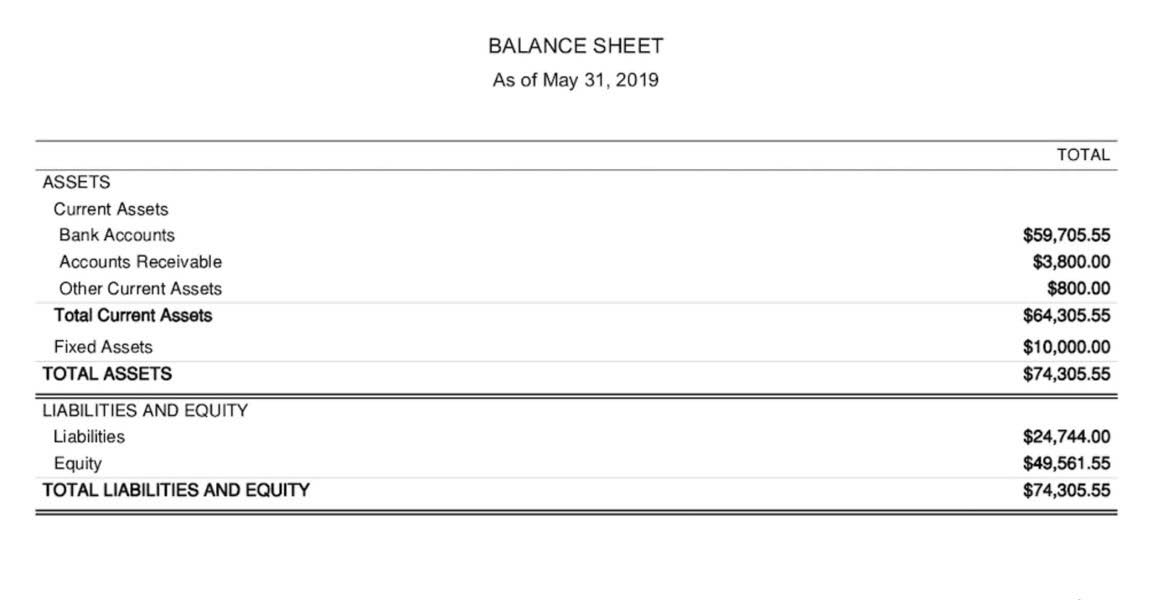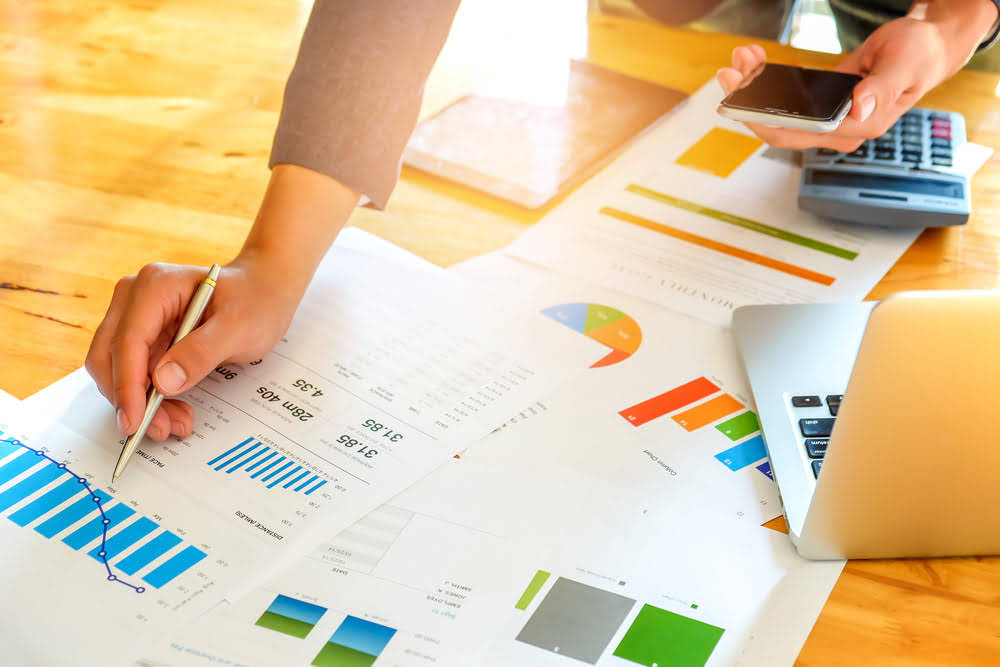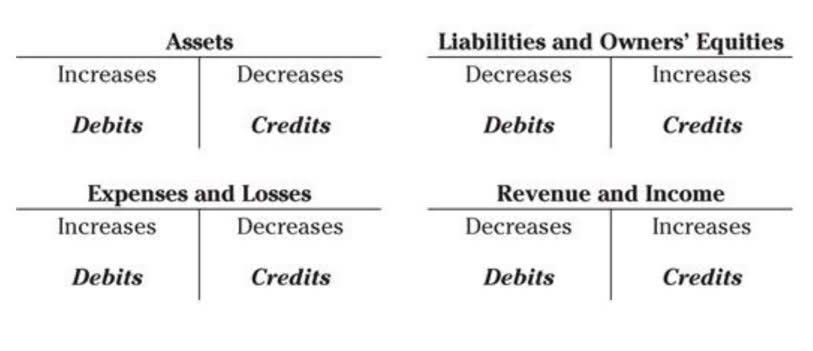
Shareholders’ equity is calculated by subtracting a company’s liabilities from its assets. This shows how much of the company belongs to its shareholders or owners. Shareholder equity or Owner’s equity is the difference between a company’s assets and liabilities. When a company buys a fixed asset, it records the purchase on its balance sheet. The company then begins to depreciate ( or reduce in value) the asset over time. A Balance Sheet is an accounting report required by all companies registered at Companies House and is helpful for self-employed to see their financial health.

Some liabilities are considered off the balance sheet, meaning they do not appear on the balance sheet. Accept debit and credit cards with safe, secure, and convenient Payment Solutions from Chase anywhere you do business – online, in-store, and on-the-go. Visit our Developer Center to find Payments APIs, developer tools, and documentation. Owner’s equity comprises the capital invested by the owner and any retained earnings. Go over all of the data you’ve entered one last time to make sure you haven’t made any errors. Here are the basic steps you can follow to prepare a balance sheet for business or personal use.
Supercharge your skills with Premium Templates
The balance sheet is a very important financial statement for many reasons. It can be looked at on its own and in conjunction with other statements like the income statement and cash flow statement to get a full picture of a company’s health. A balance sheet is a financial report that lists your business’s assets, liabilities and equity. Your assets are everything that belongs to your business; for example, the money in your account, investments and physical capital.

Your balance sheet helps you understand the relationship between your income and your expenses to maintain profitability. This document will help you work with your business’s financial numbers to build a workable balance and forecast your business. Angela Boxwell, MAAT, brings over 30 years of experience in accounting and finance. As the founder of Business Accounting Basics, she offers a wealth of free advice and practical tips to small business owners and entrepreneurs dealing with business finance complexities. The ratio is calculated by dividing the total liabilities by the total equity. Many different financial ratios can be calculated from the information on a balance sheet.
Add Total Liabilities to Total Shareholders’ Equity and Compare to Assets
This is the perfect template for short-term analysis of fiscal health but can be used for year-over-year monthly and quarterly comparisons. Balance sheets help accountants, investors, creditors and business owners determine the overall financial health of a business. These reports provide a quick snapshot of a business’s finances — typically at quarter-end or year-end. Balance sheets are often used as a guide before making financial decisions for the future.
It keeps the spreadsheet format tidy and accurate, allowing you to balance numbers swiftly. Just download the free template and customize the form in seconds. Choose the file type that works best in your preferred program to keep things simple.
How do I create a balance sheet?
Use this balance sheet for your existing businesses, or enter projected data for your business plan. Annual columns provide year-by-year comparisons of current and fixed assets, as well as current short-term and long-term liabilities. By reviewing this information, you can easily determine your company’s equity. This balance sheet template includes tallies of your net assets — or net worth — and your working capital. Download the sample template for additional guidance, or fill out the blank version to provide a financial statement to investors or executives.
- You can also see how the company resources are distributed and compare the information with similar companies.
- Assets can be split into three sections – current assets, fixed assets, and intangible assets.
- It lets you see a snapshot of your business on a given date, typically month or year-end.
- These revenues will be balanced on the assets side, appearing as cash, investments, inventory, or other assets.
- It can be an asset or a liability, depending on whether the business owes or is owed the money.
- You should consult your own professional advisors for advice directly relating to your business.
Find more balance sheets and accounting templates in this collection of the top Excel templates for accounting. The balance sheet is prepared by either a business owner, bookkeeper or accountant. If Companies House requires it, an accountant is the best person to prepare and submit the accounts, as they will know the generally accepted accounting principles.


